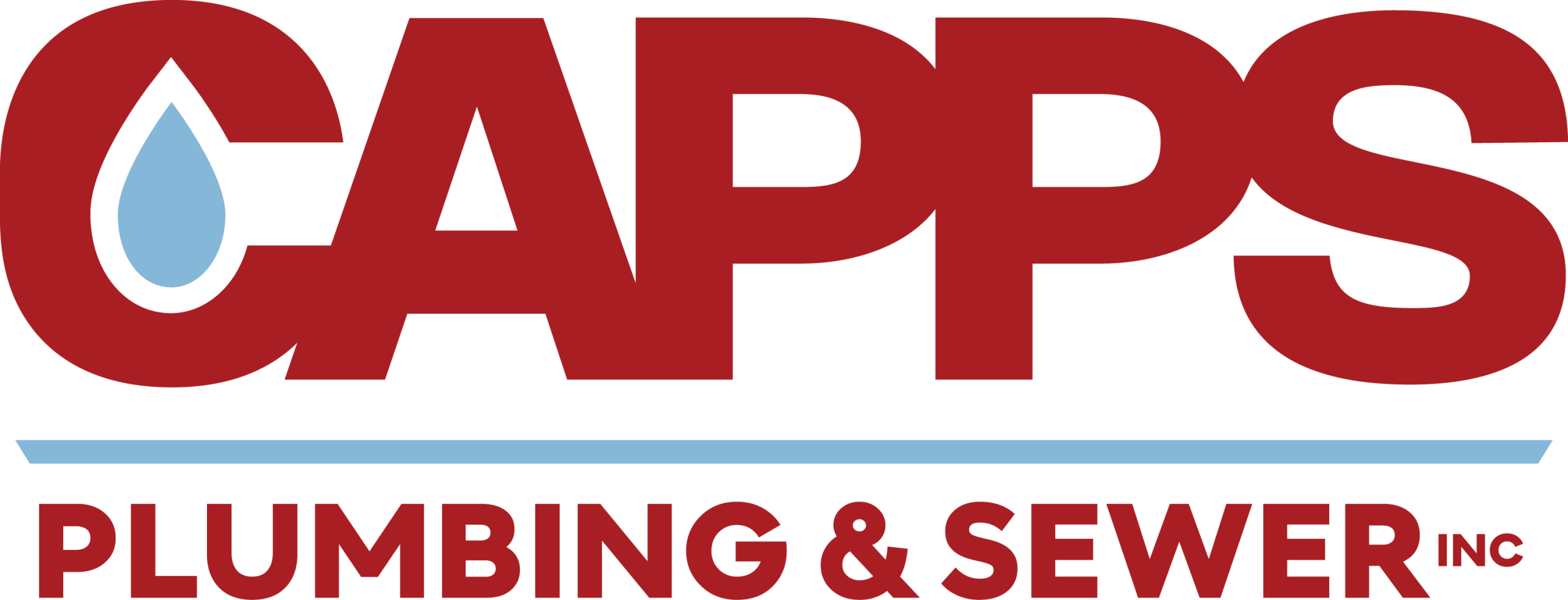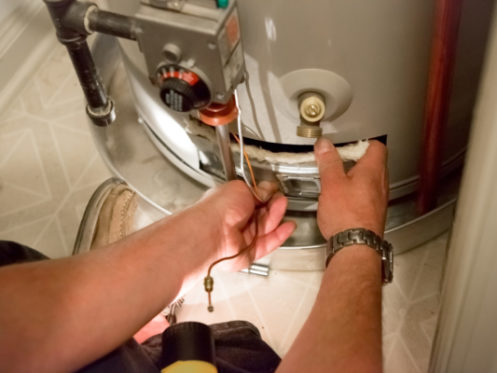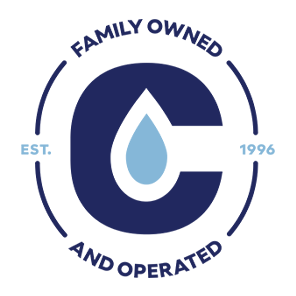Hot water is an essential element for every residence and business. Your water heater is probably something you don’t think about until it doesn’t work. While the average life of a water heater is eight to 12 years, routine maintenance is required to prolong the life of your system.
The three benefits of water heater maintenance are:
Increased Efficiency
Sediment builds up in water heaters which makes your system less efficient. The sediment is caused by loose minerals that settle on the bottom of the tank. The heating element of a water heater is at the bottom of the tank. If this heat is blocked by sediment, the water heater must work harder to heat the water. An annual clean and flush will ensure all the sediment that has built up is flushed out and ensures your heater is working as efficiently as possible.
Costly Breakdowns Are Less Likely
On average, homeowners have a plumber in their homes once every three years. By conducting a yearly water heater maintenance check, plumbers will catch water leaks, corrosion, and anything that could lead to a plumbing emergency.
Avoiding a Plumbing Emergency
Maintaining your water heater helps you avoid surprise plumbing emergencies such as no hot water or a flood caused by a broken water heater.
Most Common Water Heater Maintenance Tasks
Flushing
In simpler terms, flushing a water heater is the act of cleaning the heater. Flushing your water heater every six months ensures sediment, calcium, and minerals don’t cause expensive problems. Follow the steps below and your water heater should be clean in about 25 minutes (not including time to let the tank cool)!
- Turn off the gas if you have a gas water heater or electricity if you have an electrical one.
- Allow the heater to cool down (ideally overnight).
- Turn off the water supply to the heater.
- Turn on the hot water from a nearby faucet to prevent a vacuum from forming in the lines keeping water trapped (it’s the same concept as covering the top of a straw to keep water in the straw).
- Attach a hose to the drain valve and run the hose to a drain or empty bucket.
- Drain the tank by opening the drain valve and allow the water to flow until it stops. If you are using a bucket, it will have to be drained several times during this process (don’t forget to close the drain valve before emptying the bucket). If the heater is not sufficiently cooled down, the water will be hot, so be careful.
- Flush the tank by reopening the cold-water valve until the tank is full. Drain the tank of the cold water. Repeat the flushing process a few times to flush all the sediment.
- Close the drain valve.
- Fill the tank by reopening the water supply valve.
- Once the tank is full, turn on the water heater.
- Run the hot water in the bathroom tap to bleed air and test for hot water.
Besides flushing your water heater, here are common tasks that will extend the life of your heater:
- If you go on vacation, change your water heater to its vacation setting. If your unit doesn’t have a vacation setting, set the temperature to 50⁰ the pilot light will stay on, but the water will not be heated.
- Check your anode rod regularly, as it’s an important part of the water heater.
- If you notice your water heater leaking, it may be caused by a loose drain valve. Tighten with a wrench until snug.
- Test the temperature release valve annually.
- Turn the thermostat to 120 degrees Fahrenheit.
- Electric vs. gas water heater maintenance: Both electric water heaters and gas water heaters can be maintained in similar ways. Both types of water heaters should be flushed regularly to prevent a build-up of rust and corrosion.




